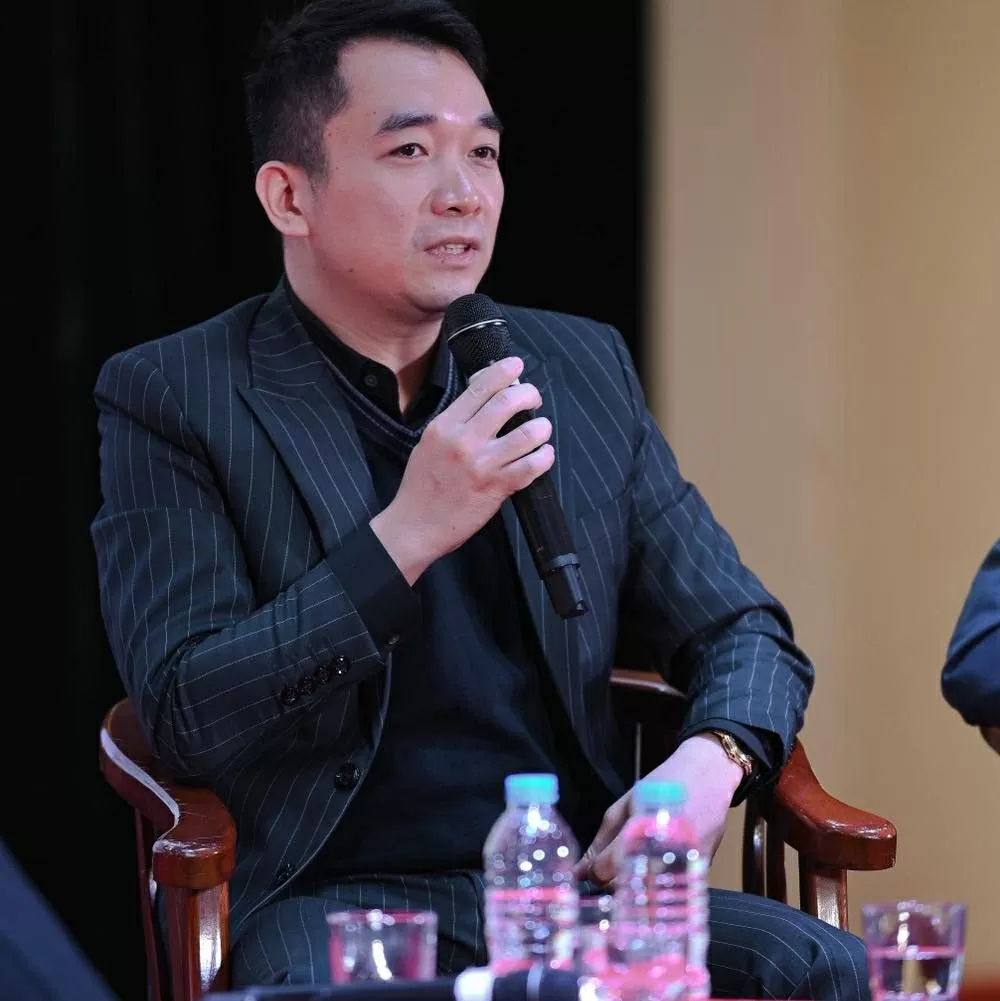 |
| Associate Professor Dr. Pham Chien Thang expressed his opinion that it is necessary to grant real autonomy to universities along with the responsibility of transparent accountability to society. (Photo: NVCC) |
According to Resolution No. 71-NQ/TW of the Politburo , restructuring the higher education system is a comprehensive reform step, aiming to overcome current limitations and improve operational efficiency. This is considered an inevitable requirement to improve training quality and promote sustainable development.
In order to clarify the orientation and impact of this process, The World and Vietnam Newspaper had an interview with Associate Professor, Dr. Pham Chien Thang, Head of the Faculty of Journalism and Communication, University of Science (Thai Nguyen University).
Urgent requirements in the digital age
In the context of digital transformation and global knowledge competition, “redrawing the map of Vietnamese higher education” is considered an inevitable requirement of the new era. How do you assess the urgency and strategic significance of the current process of restructuring and merging higher education institutions?
In my opinion, restructuring the Vietnamese higher education system through mergers and reorganizations is considered an inevitable and necessary step in the current context. This policy stems from the fact that the system is fragmented and spread out, causing waste of resources and limiting international competitiveness.
The strategic goal of this process is to form large-scale multidisciplinary and multi-field universities, thereby optimizing operational efficiency and improving the quality of training and scientific research. If successfully implemented, this will not only help increase the value for learners but also create "locomotives" capable of bringing Vietnamese higher education to regional and world levels.
| "The success of reform depends on solving the problem of people and benefits fairly." |
However, this is a complex process with many potential challenges. The biggest risks are often related to the human factor, including conflicts of governance and interests, concerns about losing the long-standing identity and brand of the schools, as well as psychological instability among the teaching staff and students.
Therefore, for the reform to achieve the desired goal, the core is to have a scientific and transparent roadmap, avoiding "mechanical pairing". The success of this policy depends largely on the ability to build consensus, harmonize the interests of stakeholders and always put the interests of teachers and learners first.
Merging universities is a process that involves not only governance mechanisms but also the values, identity and mindset of the staff in each school. In your opinion, what is the appropriate approach to ensure that the voices and aspirations of the schools are heard and respected, thereby creating a real consensus throughout the system?
For the merger process to truly listen to and respect the wishes of the schools, it is essential to shift the approach from an administrative “command” to a collaborative discussion process. This begins with the development of a scientific, open and transparent roadmap, in which the criteria, goals and implementation steps are widely consulted from the beginning. Establishing open dialogue channels where the leadership team, faculty and students can express their views is extremely important to create an environment of trust and reduce confusion.
The biggest and most sensitive challenge is dealing with the brand, identity and long-standing traditions of each school. A smart merger strategy should not erase these values but should seek to inherit and integrate them into a stronger structure.
Instead of a mechanical, total merger, flexible models could be preferred, allowing member schools to retain their names and a certain degree of autonomy. Accordingly, a school with its own strengths could become an excellent department or research institute within the new university, promoting its core competencies while maintaining its pride and identity.
Ultimately, the success of the reform depends on addressing the issue of people and benefits in a fair manner. There needs to be clear human resource policies to ensure the rights of staff and lecturers, and the selection process for the new leadership must be based on capacity and vision to avoid conflicts.
Most importantly, there is a need to build a shared vision where a stronger university will provide a better working environment for faculty and greater value for students. When all parties are looking in the same direction, they will be more positive and ready to overcome the challenges of the transition period.
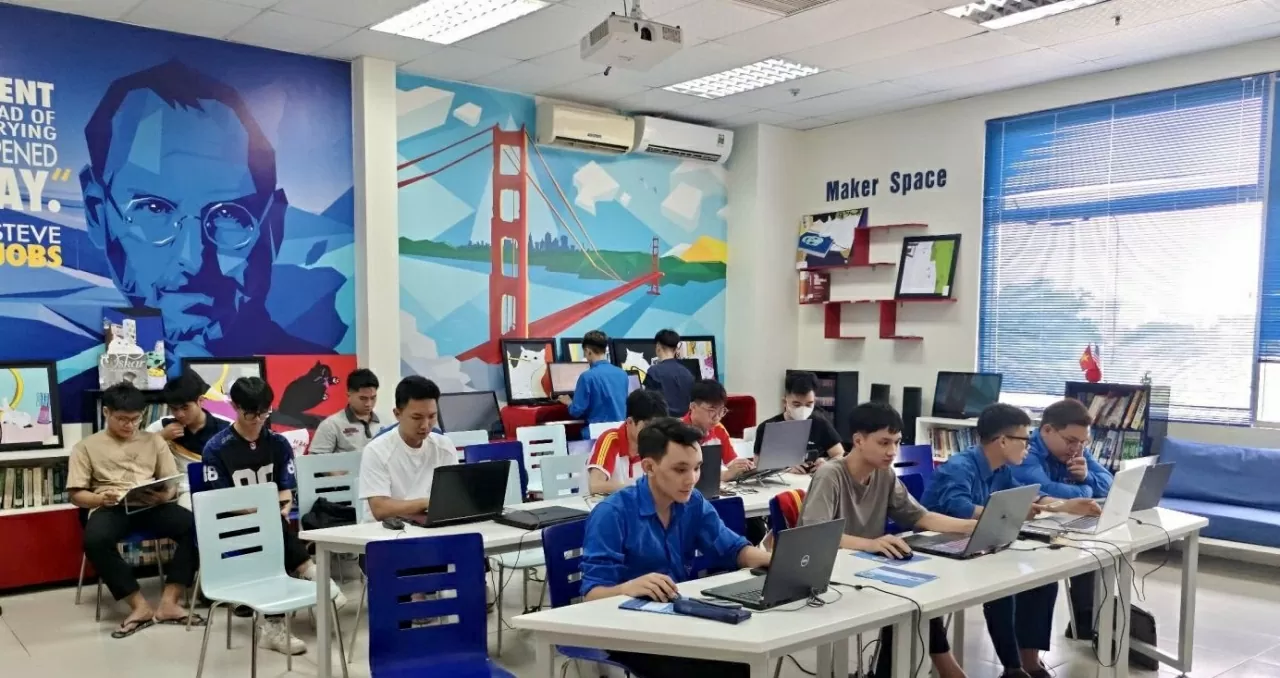 |
| Students of Thai Nguyen University of Technology are trained in applying artificial intelligence. (Photo: Thu Ha) |
Establish a modern, streamlined management model
After the merger, the big problem is to reorganize the apparatus, re-plan the training sector, staff and facilities. So what are the key factors that need to be prioritized to ensure the quality of training, research and sustainable development of new cases, in your opinion?
Once the merger is complete, the real challenge begins. To ensure sustainable development, the top priority is to establish a modern, streamlined and efficient governance model. Instead of maintaining or patching up old systems, it is necessary to boldly build a new, flexible operating structure, eliminating cumbersome intermediate layers.
The focus of this model lies in selecting a leadership team with vision and the capacity to reconcile the interests of all parties and lead the unit towards a common goal. At the same time, granting real autonomy must be linked to a clear accountability mechanism, thereby creating a solid foundation for the operation and development of the school after the merger.
| "The success of reform does not lie in policy documents but in the art of managing change and the ability to bring people together." |
On the basis of the new management, the next key factor is to strategically restructure the training system and stabilize the human resources. It is necessary to conduct a comprehensive review to eliminate ineffective majors and duplicate output orientations, while promoting the strengths of the multidisciplinary university model to develop new interdisciplinary programs that are suitable to the practical needs of society.
At the same time, stabilizing the psychology, creating motivation and developing the teaching staff through fair and transparent human resource policies, and efforts to build a unified organizational culture are urgent requirements. Finally, planning and optimizing facilities, such as developing laboratories, libraries and shared learning spaces, will help effectively exploit resources, creating a foundation for high-quality research and training activities.
From an expert perspective, can you share some key solutions that are both long-term strategic and feasible to implement, to help the process of arranging and merging universities achieve the goal of forming strong, autonomous higher education institutions with the capacity to compete regionally and internationally?
In my opinion, for mergers to truly create strong universities, the first strategy is to abandon the uniform approach, imposing a single model. Instead, it is necessary to build a focused investment roadmap, implemented in clear stages. This approach can learn from international experience, for example, focusing huge State resources to build a small group of "elite universities" capable of competing globally; encourage regional universities to voluntarily associate with each other and merge single-disciplinary schools in the same region to create specialized centers, leading the field.
At the same time, creating an institutional and policy environment that is "leveraging" is the second important pillar. This requires the State to issue a framework of "Advanced University Governance", granting real autonomy to the merged schools but accompanied by transparent accountability, avoiding the risk of the new apparatus becoming cumbersome and bureaucratic.
| “For the merger process to truly listen to and respect the wishes of the schools, it is essential to shift the approach from an administrative ‘order’ to a collaborative discussion process.” |
In addition, a separate financial support fund should be established to help schools cover costs during the transition period and a fair national human resources policy framework should be issued to address human resources issues, ensuring no one is left behind.
Ultimately, the success of reform lies not in policy documents but in the art of change management and the ability to bring people together. The decisive factor is to choose leaders with vision and the ability to reconcile conflicts within the organization.
Instead of erasing, there needs to be a strategy that respects and inherits the identity and brand of the schools being merged, making their legacy part of the strength of the new unit. The whole process must be guided by an overall strategy that highlights long-term benefits such as value for students and better research opportunities for faculty, thereby building consensus and common aspirations.
The driving force for national development
In the era of knowledge-based economy and innovation, higher education needs to become the driving force for national development. In your opinion, what model should the "redrawing of the map" of Vietnamese higher education aim for to be both suitable to the country's characteristics and deeply integrated with global trends?
In the context of a knowledge-based economy, the most suitable model for restructuring Vietnam's higher education should be the "Strategic Stratification Model". This is not a rigid formula that applies to all, but a flexible framework of thinking, creating a diverse educational ecosystem that is both suitable for national characteristics and effectively integrated with the world. This approach helps avoid imposing a single model, instead optimizing the strengths of each group of schools to serve the country's different development goals.
Specifically, this model will have two main levels. At the top level is the "elite" group, including about 3-5 key national research universities, which will be focused on investing huge resources to reach the world level, similar to China's successful 985 project model.
The second layer, which acts as the backbone of the system, is the regional universities serving regional development and key sectors. This layer will be formed through restructuring regional universities towards greater autonomy and merging single-disciplinary schools (pedagogy, medicine, arts...) in the same region to form strong specialized universities, solving the problem of fragmentation and waste.
However, regardless of the level, the model can only be successful when operating on a modern governance platform. This platform requires two core elements: Granting real autonomy to schools along with transparent accountability to society. At the same time, the merger process must be carried out skillfully, respecting and inheriting the identity and valuable historical brands of member schools, instead of erasing them. This is the key to creating internal consensus and ensuring the sustainable development of new universities.
The Ministry of Education and Training is developing a project to merge universities and transfer some schools to local management. The project will be submitted to the Government for approval this year so that implementation can begin as early as 2026. According to Resolution 71 of the Politburo issued in August, ministries, branches and localities must soon arrange and restructure the higher education system; merge and dissolve substandard schools; eliminate intermediate levels; research and merge research institutes with universities and transfer some schools to local management. Minister of Education and Training Nguyen Kim Son said that there are currently 140 public universities in the country that are subject to reorganization. The reorganization will overcome fragmentation, small-scale, overlapping management, and increase investment efficiency and training quality. The Ministry is considering many options such as transferring schools managed by ministries and branches to local areas; merging local schools with central schools, or between schools under ministries and branches; and dissolving schools that are too small or do not meet standards. "Schools that must be merged will be discussed with school leaders, but in principle this is an administrative order, similar to merging provinces and cities," said the Minister of Education and Training. |
Source: https://baoquocte.vn/ve-lai-ban-do-phat-trien-giao-duc-dai-hoc-viet-nam-332411.html




![[Photo] Fall Fair 2025 - An attractive experience](https://vphoto.vietnam.vn/thumb/1200x675/vietnam/resource/IMAGE/2025/10/30/1761791564603_1761738410688-jpg.webp)
![[Photo] Prime Minister Pham Minh Chinh chaired a meeting to evaluate the operation of the two-level local government model.](https://vphoto.vietnam.vn/thumb/1200x675/vietnam/resource/IMAGE/2025/10/29/1761751710674_dsc-7999-jpg.webp)
![[Photo] New-era Party members in the "Green Industrial Park"](https://vphoto.vietnam.vn/thumb/1200x675/vietnam/resource/IMAGE/2025/10/30/1761789456888_1-dsc-5556-jpg.webp)

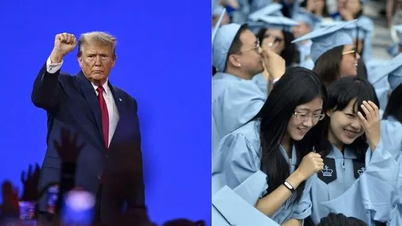

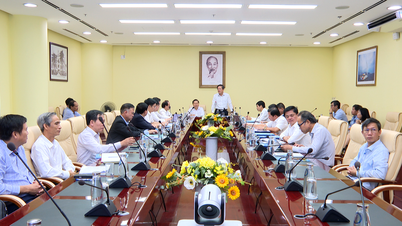





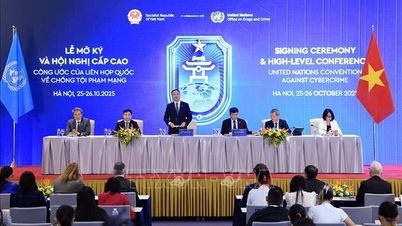


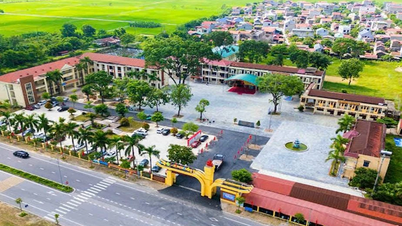

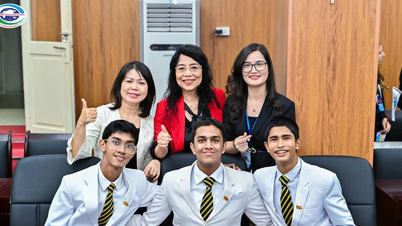
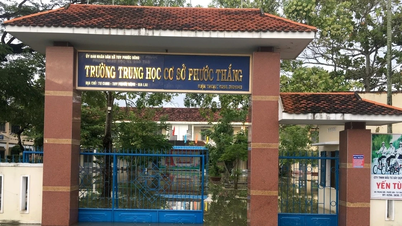








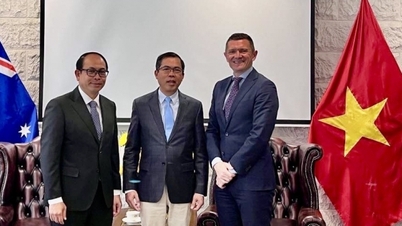
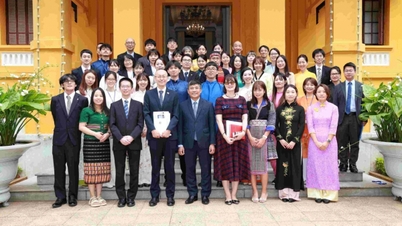
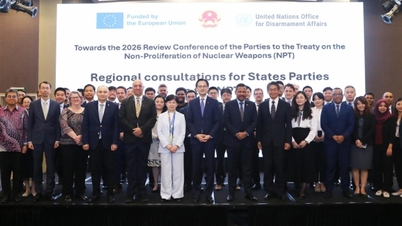
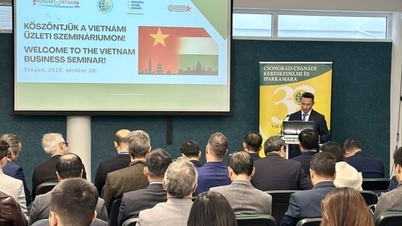
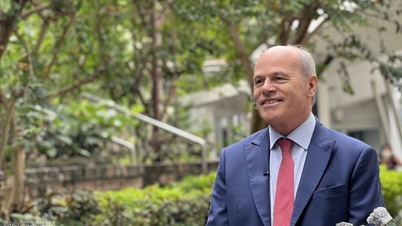
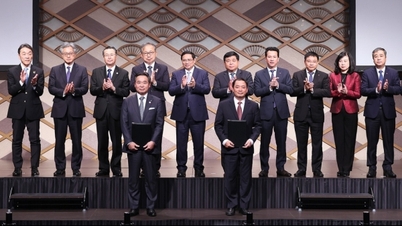
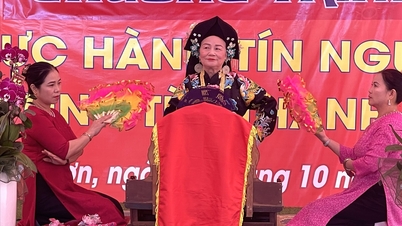











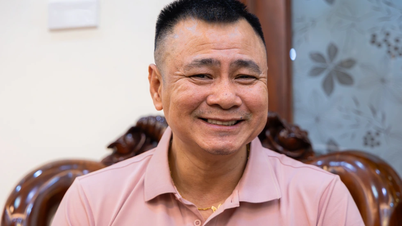









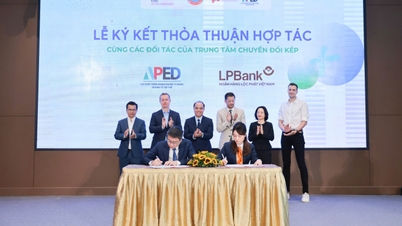




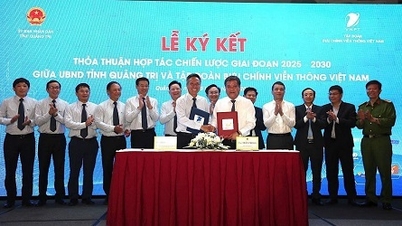















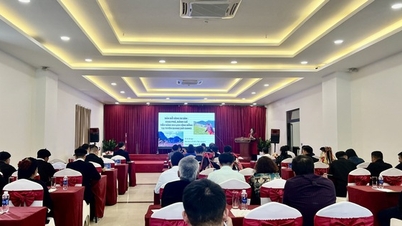

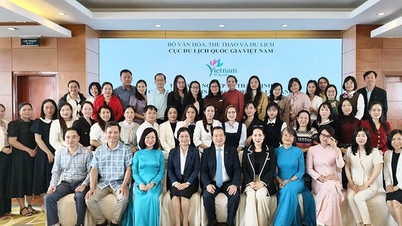

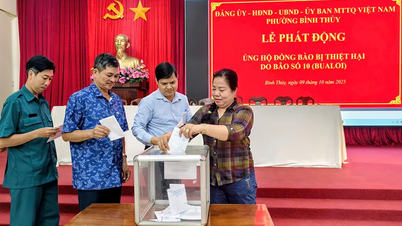

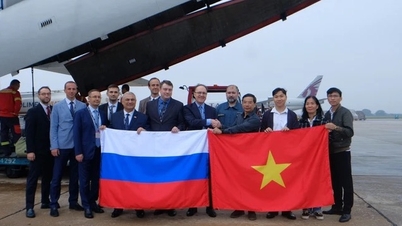

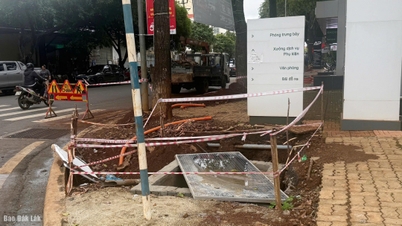


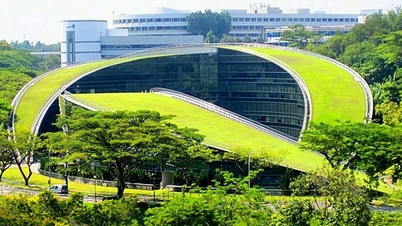

















Comment (0)